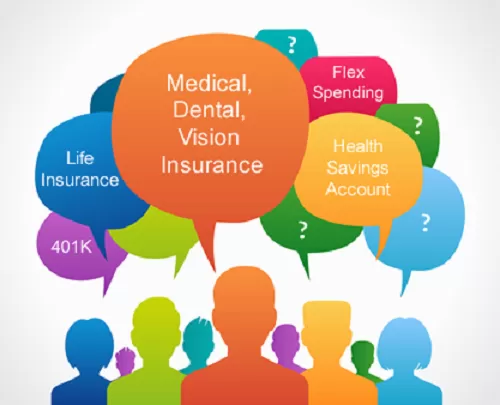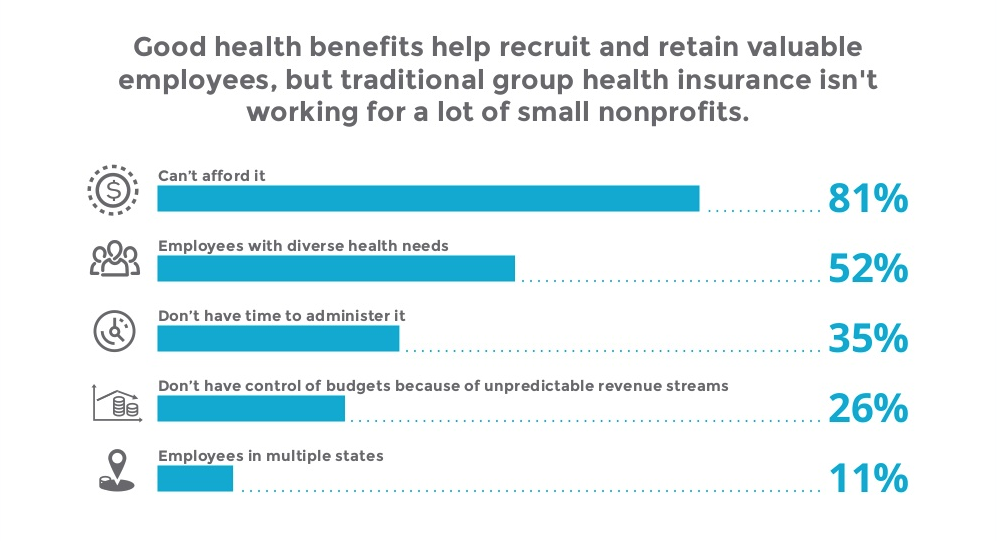Not known Facts About Medicare Advantage Agent
Wiki Article
Medicare Advantage Agent - An Overview
Table of ContentsThe Buzz on Medicare Advantage AgentMedicare Advantage Agent Fundamentals ExplainedIndicators on Medicare Advantage Agent You Should Know

follows from complies with the perplexing young reasonably profile of the uninsured with without insurance better healthMuch better wellness average, standard younger personsMore youthful For those without accessibility to work environment health and wellness insurance coverage, inadequate wellness is a prospective obstacle to buying nongroup protection since such protection may be highly priced, leave out pre-existing conditions, or be just not available. Unless or else kept in mind, nationwide quotes of people without health insurance and percentages of the populace with different kinds of coverage are based on the CPS, the most extensively made use of source of estimates of insurance policy protection and uninsurance rates.

The Facts About Medicare Advantage Agent Uncovered
Over a three-year duration starting early in 1993, 72 million people, 29 percent of the U.S. populace, lacked protection for a minimum of one month. Within a solitary year(1994), 53 million individuals experienced a minimum of a month without coverage(Bennefield, 1998a). Six out of every ten uninsured grownups are themselves employed. Functioning does enhance the likelihood that one and one's family members will certainly have insurance coverage, it is not a warranty. Even participants of households with 2 full time breadwinner have practically a one-in-ten chance of being without insurance (9.1 percent uninsured price)(Hoffman and Pohl, 2000 ). The relationship between medical insurance and accessibility to care is well established, as recorded later on in this phase. Although the connection in between medical insurance and wellness end results is neither straight neither easy, a considerable medical and wellness solutions research literature links medical insurance protection to improved access to care, much better high quality, and boosted personal and population wellness standing. The second report, on individual health and wellness results for uninsured adults, is stood for by the inner circle of the figure, while the third record, on family members wellness, encompasses the subjects of the 2nd report but stresses a different unit of evaluation, particularly, the family. The sixth report in the collection will present details regarding methods and initiatives undertaken in your area, statewide, or country wide to deal with the lack of insurance policy and its negative effects. Degrees of analysis for analyzing the results of uninsurance. This conversation of medical insurance protection focuses largely on the U.S. populace under age 65 since virtually all Americans 65 and older have Medicare or various other public protection.
It concentrates especially on those without any kind of health insurance for any type of length of time. The issues dealt with by the underinsured remain in some areas comparable to those encountered by the without insurance, although they are generally less severe. Uninsurance and underinsurance, however, involve distinctly different policy issues, and the techniques for addressing them may differ. Throughout this study and the five reports to follow, the main focus is on individuals without wellness insurance policy and thus no assistance in spending for healthcare beyond what is offered through charity and safeguard establishments. Health insurance policy is a powerful factor influencing invoice of treatment since both clients and physicians reply to the out-of-pocket rate of services. Medical insurance, nonetheless, is neither needed nor adequate to obtain accessibility to clinical solutions. Nevertheless, the independent and direct result of health and wellness insurance protection on accessibility to health solutions is well established. Others will get the healthcare they require also without health and wellness insurance, by spending for it out of pocket or seeking it from service providers that use treatment complimentary or at highly subsidized prices. For still others, medical insurance alone does not guarantee invoice of care due to other nonfinancial obstacles, such as an absence of More about the author healthcare service providers in their area, limited accessibility to transport, illiteracy, or linguistic and cultural distinctions. Official research concerning without insurance populaces in the United States dates to the late 1920s and very early 1930s when the Committee on the Expense of Medical Treatment produced a series of records about financing medical professional workplace visits and hospital stays. This issue ended up being salient as the numbers of medically indigent climbed throughout the Great Anxiety. Empirical studies constantly sustain the link in between accessibility to care and improved wellness outcomes(Bindman et al., 1995; Starfield, 1995 ). Having a regular resource of treatment can be thought about a forecaster of accessibility, as opposed to a straight step of it, when health and wellness end results are themselves used as gain access to indications. This expansion of the idea of gain access to dimension was made by the IOM Board on Monitoring Accessibility to Personal Health Care Services(Millman, 1993, p. Whether or not parents are insured appears to impact whether or not their kids get care along with just how much careeven if the youngsters themselves have coverage(Hanson, 1998). The health and wellness of parents can impact their capability to look after their youngsters and the degree of family members stress and anxiety. Bothering with their youngsters's accessibility to care is itself a resource of anxiety for parents. Three phases adhere to in this record. Chapter 2 provides a summary of how employment-based wellness insurance policy, public programs and specific insurance plan operate and interact to provide extensive yet insufficient coverage of the united state populace. This includes a testimonial of historic patterns and public laws influencing both public and personal insurance coverage, a discussion of the interactions amongst the various kinds of insurance policy, and an exam of why individuals move from one program to another or wind up

Report this wiki page